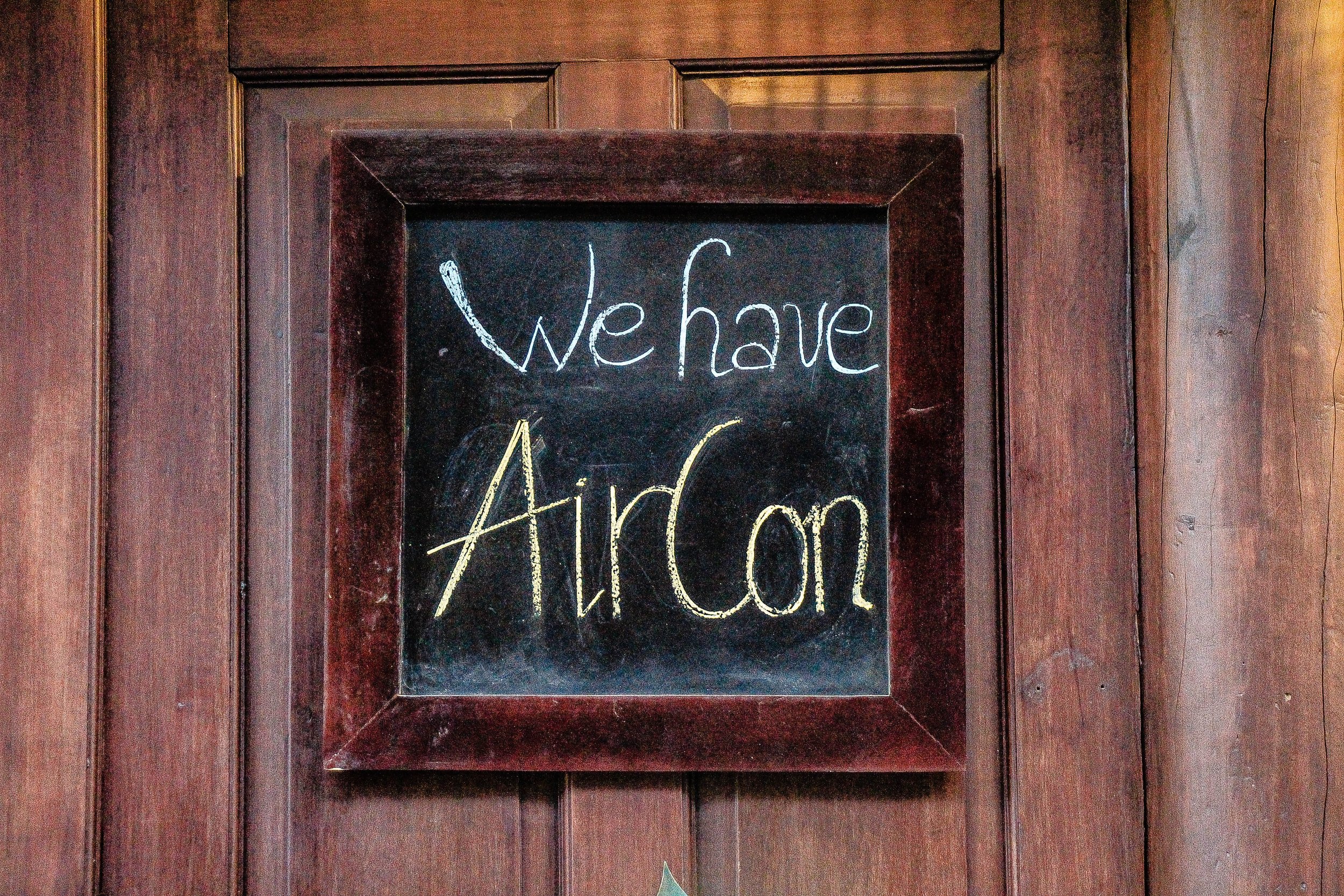Basic Heating and Air Conditioning Systems Primer
Being able to manage the temperature in your house may make the difference between a good night's sleep, the ability to concentrate on your job, and overall family comfort. There are a wide variety of air conditioning systems to choose from whether you're looking to purchase your first or update your current one. Compared to earlier models, modern air conditioners are not only more cost effective, but also better for the environment. If you're in the market for a new air conditioner, this article will walk you through the steps and warn you about frequent hazards.
Photo by René DeAnda on Unsplash
Installing a new air conditioning system
You may also check out our guide to assist you pick the ideal installation for your house, which includes some helpful hints. The first step is to figure out what kind of air conditioner you need for your house. Central heating and air conditioning is a possibility. For cooling dwellings, it appears to be the best method. The warmer air is pumped out via a condenser unit located outdoors. To cool the air in the building, an evaporator coil is used to support the unit.
Additionally, the constant distribution of the cooled air across your house is another feature of heating and air conditioning systems. A clean, crisp flow of air is provided throughout the system by an air handle in combination with air pumps.
Cooling systems for the whole house
Choosing the correct air conditioning system doesn't need the expertise of an expert. But it's never a bad idea to know the fundamentals. To cool a room, central AC employs fans to draw in heated air from a vent system. The evaporator coil is cooled as the air travels over it. The coil's refrigerating components then handle the warm air. The condenser then returns this air to the outside. Even in the most extreme Long Beach weather conditions, this cycle keeps your house cool.
Whenever the thermostat in your house rises over the threshold that you have set for it, your heating and air systems kick in. Your thermostat is set to this. When this signal is received, your system is alerted to the requirement for a cooling air injection. The AC's motor and condenser begin operating as a result of this. Until your home's temperature falls below the set point, you'll keep pushing cooler air over the evaporator coil to chill it.
To cool your home, why use central air?
Many advantages outweigh the expense and complexity of central air conditioning over portable systems. Having central air conditioning in your house will ensure that all of the rooms are kept cool at the same time. To put it simply, this is a far cry from the portable AC options that can chill certain rooms but not the whole home.
Centralized air conditioning may save money in the long run. Even though the initial cost of acquiring and installing the equipment is higher, long-term central air conditioning is nearly always less expensive in terms of energy use. Long Beach heating and air repair services near you should also be sought out to ensure that the system is implemented appropriately. Most dangerously, a poorly implemented system may be inefficient and costly.
Central air conditioning has several advantages
Central air conditioning has several advantages over portable systems, including lower energy costs and a more pleasant indoor climate. On a hot summer day, you can switch it on and off remotely using your smartphone connected to it. You may also remotely shut down the system if you know you'll be home later than expected or plan to be gone for a longer period.
In addition, you have the option of pre-programming your system to create a timetable that is specifically matched to your daily activities. As a result, your house will always be at the perfect temperature when you need it. With central air conditioning, you can change the temperature in your house to suit your needs at any time of the day or night.

